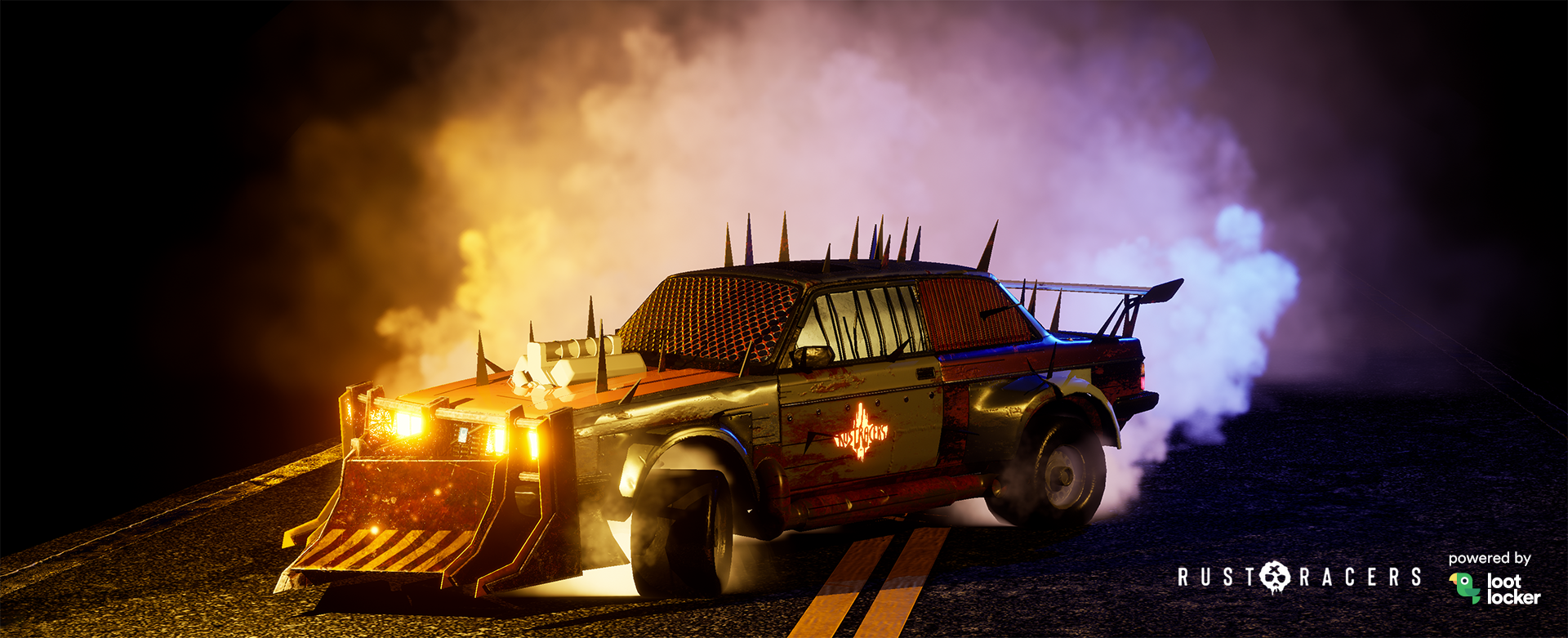Picking a Backend – Why It’s Vital, and How to Pick One

- Intro
- Can I make my own backend?
- Is there any other option?
- How should I pick the right BaaS for my game?
- Don’t leave it to the last minute
Backends are now vital to almost any game’s success. Building your own is a Herculean task. But there is another way, and it’s easier than you might imagine.
That’s a fairly obvious statement. Lavish visuals and meticulous game design are nothing without the likes of quality code and robust AI. But there’s another layer that sits behind everything else that’s equally important – particularly in the era of games as live entities.
Simply put, you absolutely need a quality backend for any connected game to thrive. That’s true whether you have online multiplayer to consider, a connected user community to serve, or the likes of seasonal events and updates to consider. Equally, an intuitive backend can both accelerate and optimize your game development workflows, making the likes of achievements and social integration, leaderboard implementation, or in-game currency creation a trivial task.
If any of those factors are part of your game, a backend is arguably as important as your chosen engine.
Can I make my own backend?
It is possible. A proprietary backend is a great idea in theory. It can be precisely shaped to serve your game or studio’s specific needs. However, backends are extremely complicated and time-consuming to create and require a considerable amount of devoted effort, as well as highly specialized knowledge and experience. If you want to build your own, make sure you have the required resources – in terms of budget, staff, time, and expertise. A scalable, well-featured backend can take anywhere from six months to a year to develop. We know this because the team here at LootLocker has built backend systems for games, e-commerce, and social networks in the past – and we want to save you from having to build one yourself.

Is there any other option?
‘Backend-as-a-service’ (BaaS) is very common across the game industry, with studios large and small using a third-party BaaS in place of building their own. ‘BaaS’ refers to using a third-party backend instead of developing your own. The gains of this approach are multiple. You get a reliable, highly capable, and consistently maintained backend while saving money, speeding up your development, and providing players with a more complete, contemporary experience.
Using a BaaS also enables your game to meet its true potential. If your game is to succeed, the demands on the backend will grow considerably as your audience expands. With a BaaS you don’t have to worry about scaling, stability, and server maintenance.
How should I pick the right BaaS for my game?
There’s a lot to consider when it comes to picking the right BaaS, but it needn’t be a complicated decision. You should think about what your game needs in terms of the feature set offered by a BaaS, and its broad compatibility with your studio and team. To help with that process, we’ve listed key factors that any developer should consider if they want to pick the ideal backend for their game.
Features
This is perhaps the most important factor, and the simplest to check. Does the backend have all the features you’re looking for? Equally, think about extra features you might need in the future, particularly if you do meet success. You want a BaaS that suits your current needs, but you also want it to work for your future needs. Be sure to check features detailed in a provider’s public roadmap.
Pricing
This may sound very simple, but make sure not only the cost matches your budget, but also that the terms complement your business model. Some BaaS options require that you pay for a subscription before you even launch your game. Others will have caps on various actions, such as the number of API calls you can make per month. Additionally, be sure to understand if and how the payment terms will change as your games become more commercially successful.
SDK, engine, and platform compatibility
As you consider a given BaaS, check carefully that it supports the engine you are building your game with, as well as all the platforms you plan to launch on.
Further integrations
As with SDKs, engines, and platforms, consider that your chosen BaaS needs to integrate with other tools and services you might be using
Scalability
Look to other successful games that have used the BaaS you are considering. Have they stuck with the backend as they have scaled? That will give you a working impression of how the backend itself serves growing games. Better yet, reach out to other developers and get their opinion.
Documentation and ease of use
Is there a comprehensive range of documentation available that is in equal parts clear and thorough? Also, check to see if there is an active user community that helps one another in the likes of forums for the technology, or Discord. Even examine if the management interface feels intuitive to you – because you might be spending a lot of time with it.
Contact
Related to the above, can you talk to someone from the backend company if you need help? Are they easily contactable? It’s a great sign if they are impressively responsive even before you sign up as a paying user.
Enterprise Options
In some cases, you may want to explore what type of deals a given backend has for bigger games looking for custom support. If you find yourself with a hit on your hands, you might need to ask a lot of your chosen BaaS. In those cases, you may also want to know if they provide source code access or self-hosting.
Activity
Found the perfect BaaS? Make sure it’s active and proactive. Check for recent blog posts, active change logs, social media activity and any other signs that the service is going to be there for you when you need it.
With all that in mind, you’ll find the perfect backend option for your game, team and business. BaaS can be intimidating, but they are fundamental to building a quality game that connects with and retains large numbers of players. Start working with a BaaS as soon as you can in your production pipeline, and never underestimate their value.

Don’t leave it to the last minute
As noted before, creating your own backend is remarkably challenging, and working with a BaaS is much easier than you might assume. Building and maintaining a diverse and meaningful backend has taught us a great deal about what matters when it comes to serving studios.
Of course, we’d recommend our solution. We’ve created a complementary suite of out-of-the-box game systems, backend services, and live ops tools that will elevate the potential of your game regardless of its genre, scope, engine, or platform. LootLocker has been engineered by a team that understands the nuance of game development so as to deliver exactly what modern, resource-limited devs need. Our technology lets you focus on making your game great, rather than building everything yourself. Best of all we offer a predictable pricing model that only starts to cost you money when your game is a success.
So do get in touch if you have any questions about what we offer, or if you just want to chat backends in general.
This was originally posted on the GameAnalytics Blog